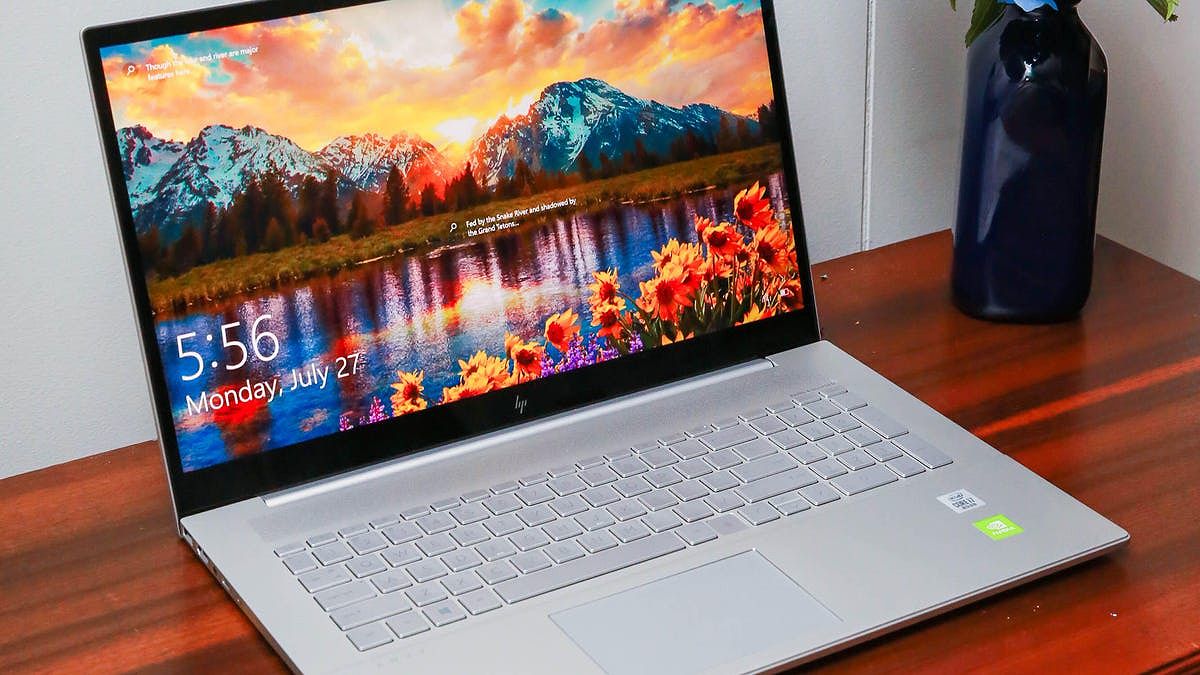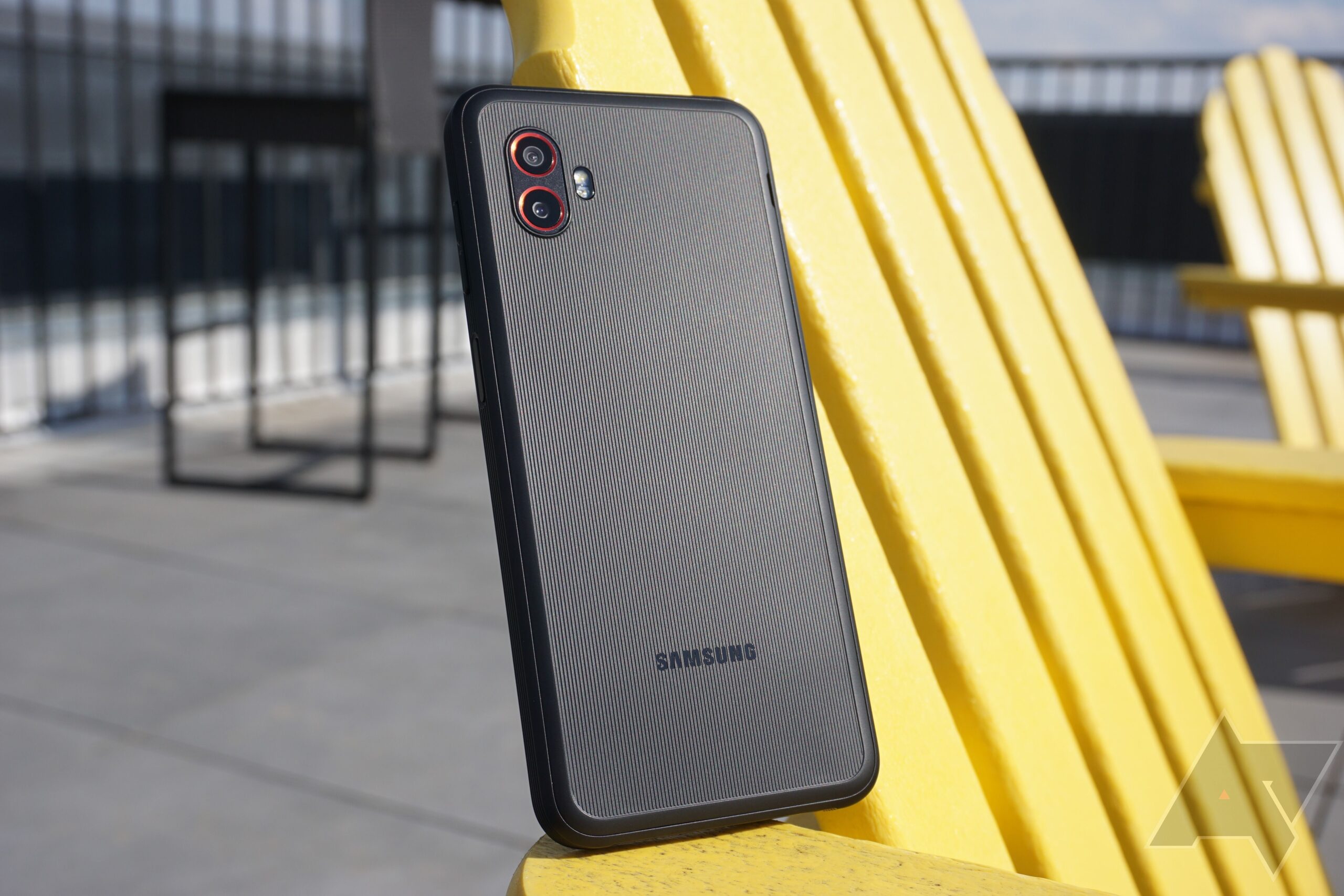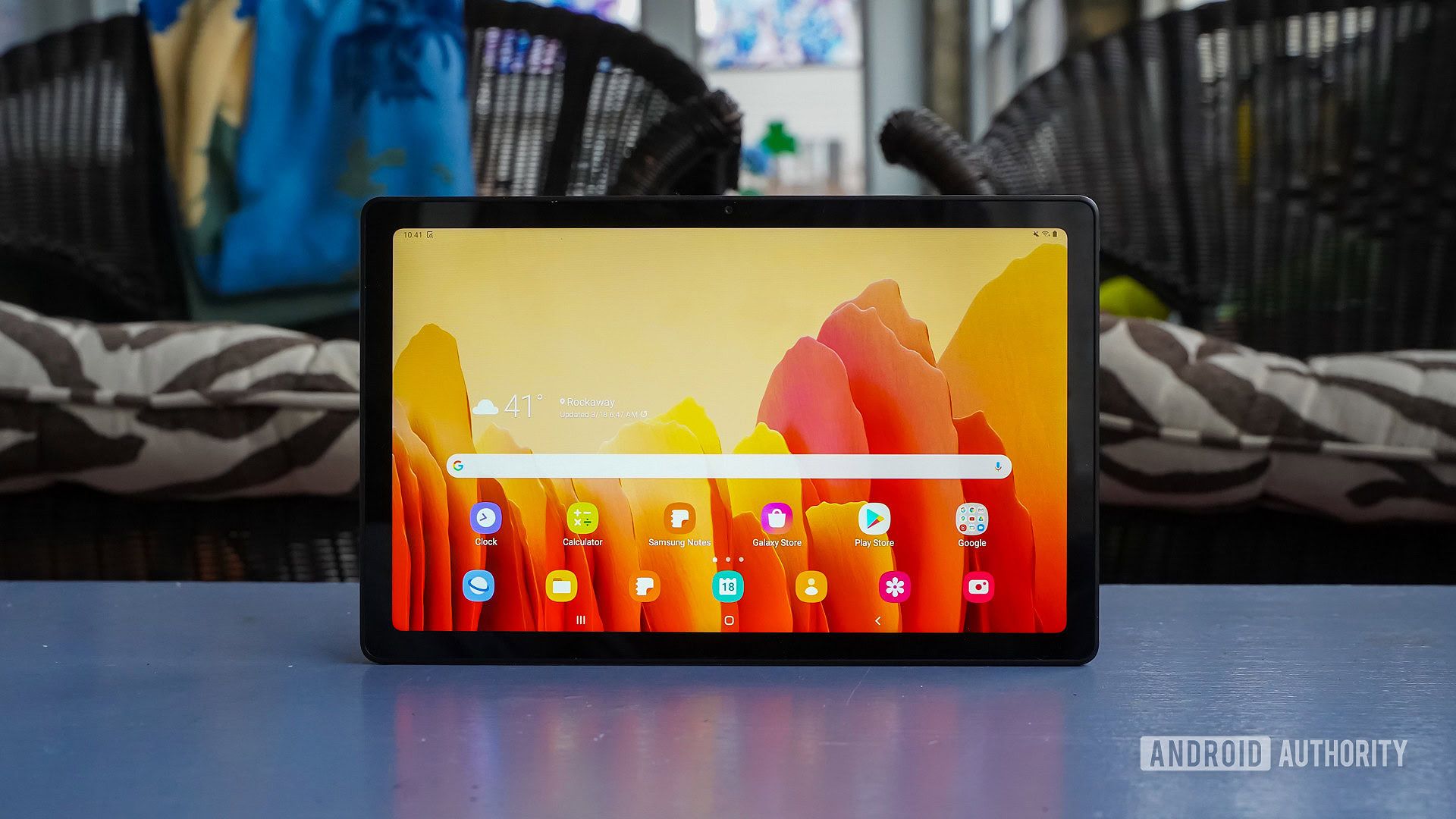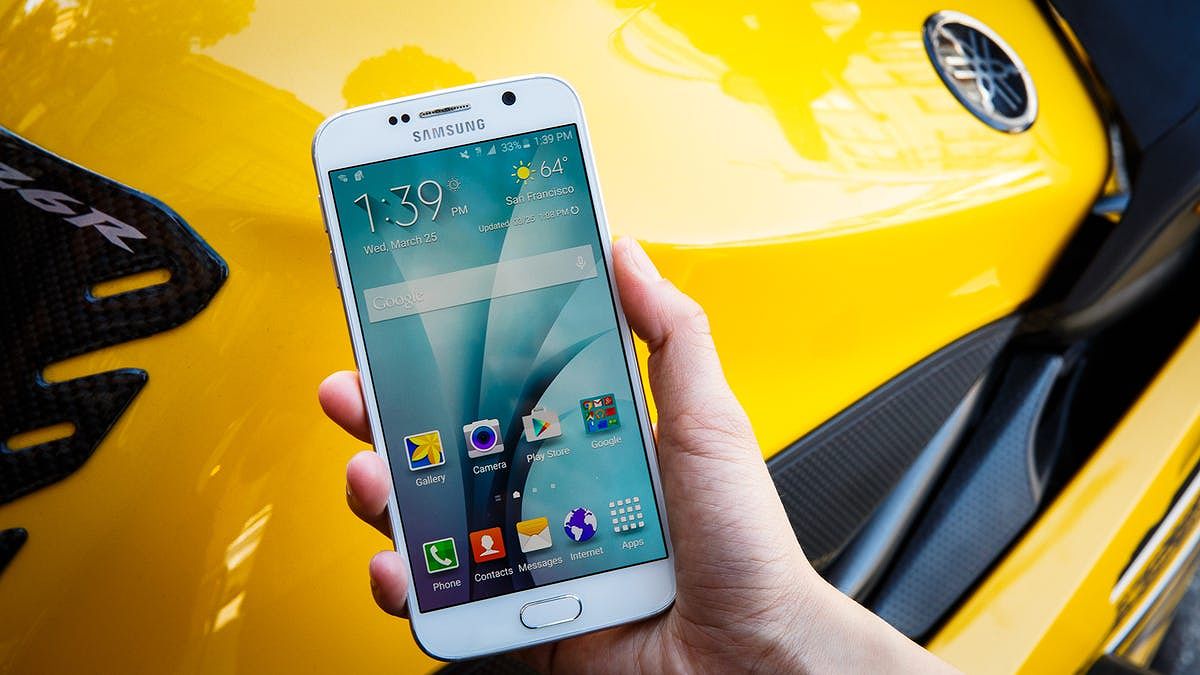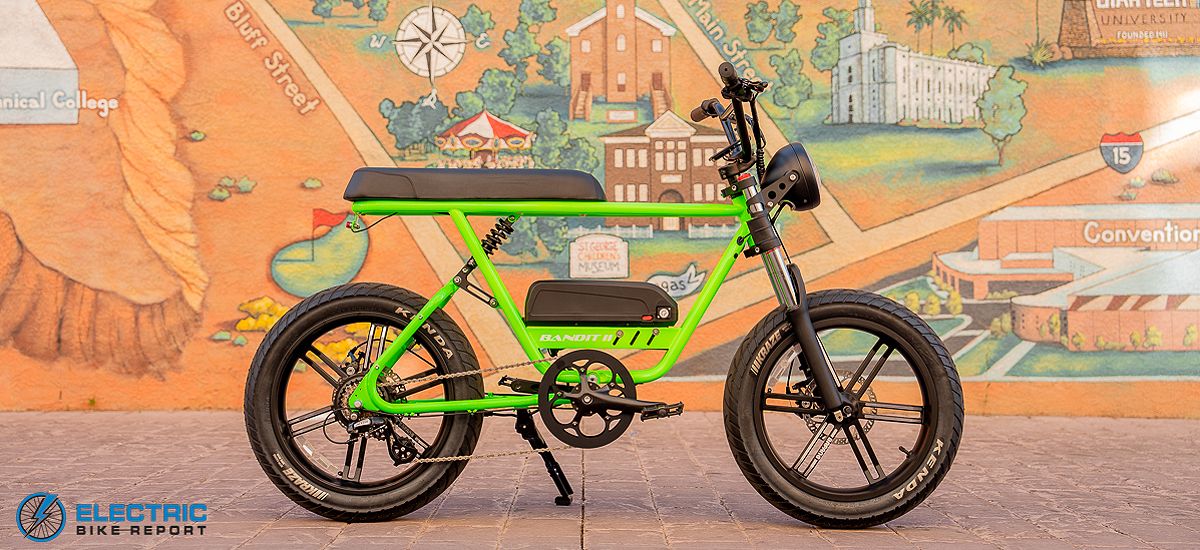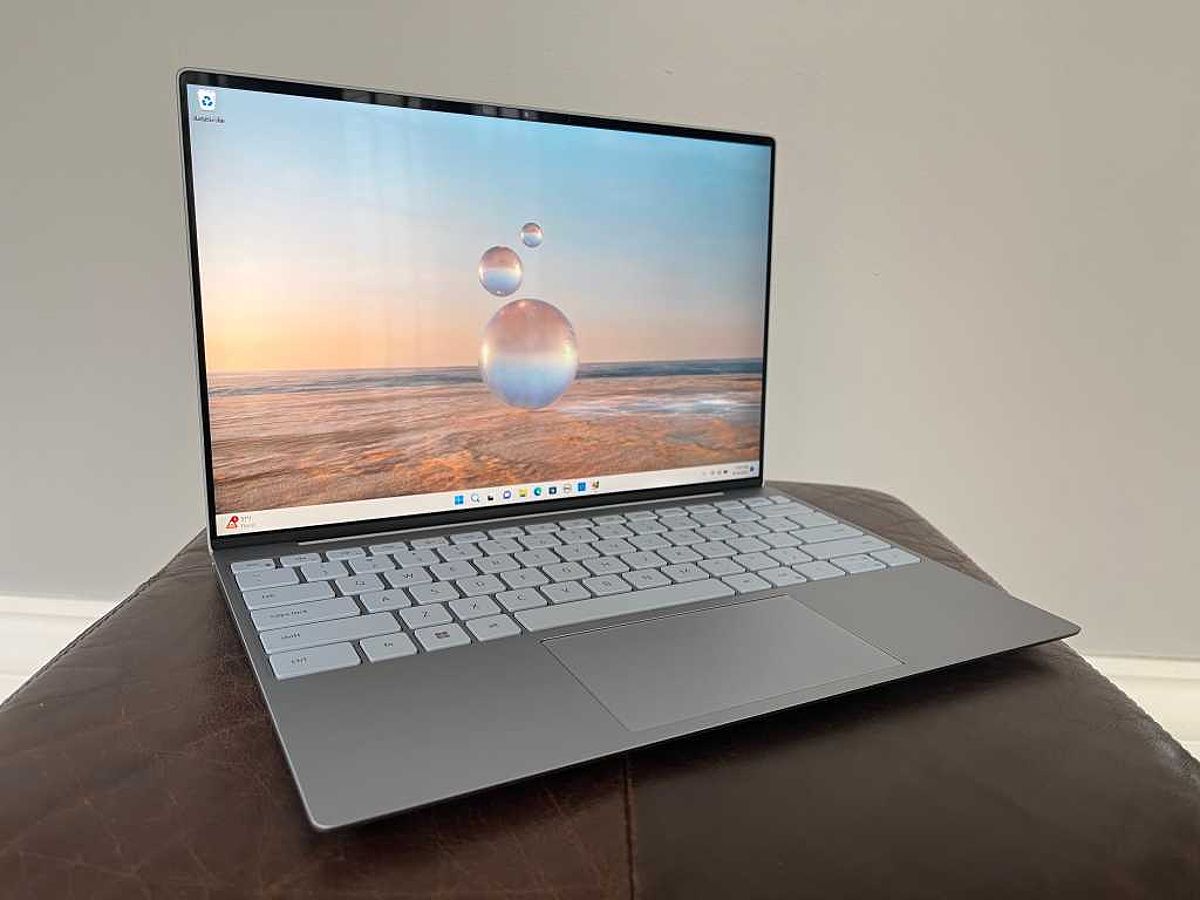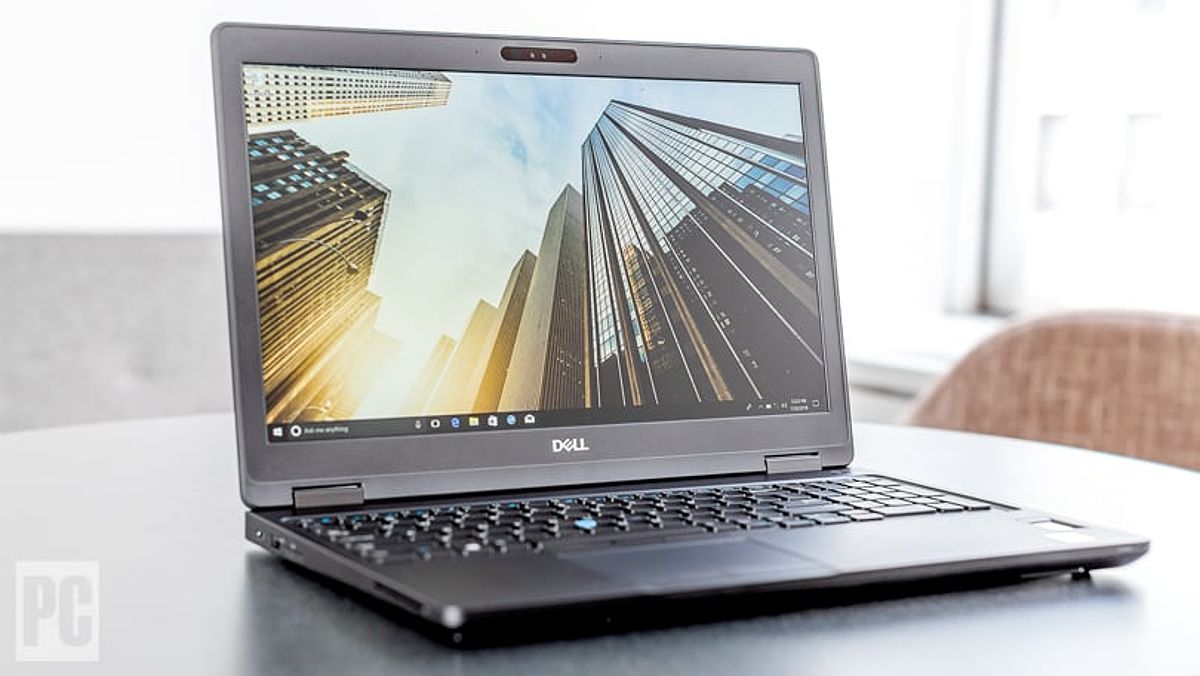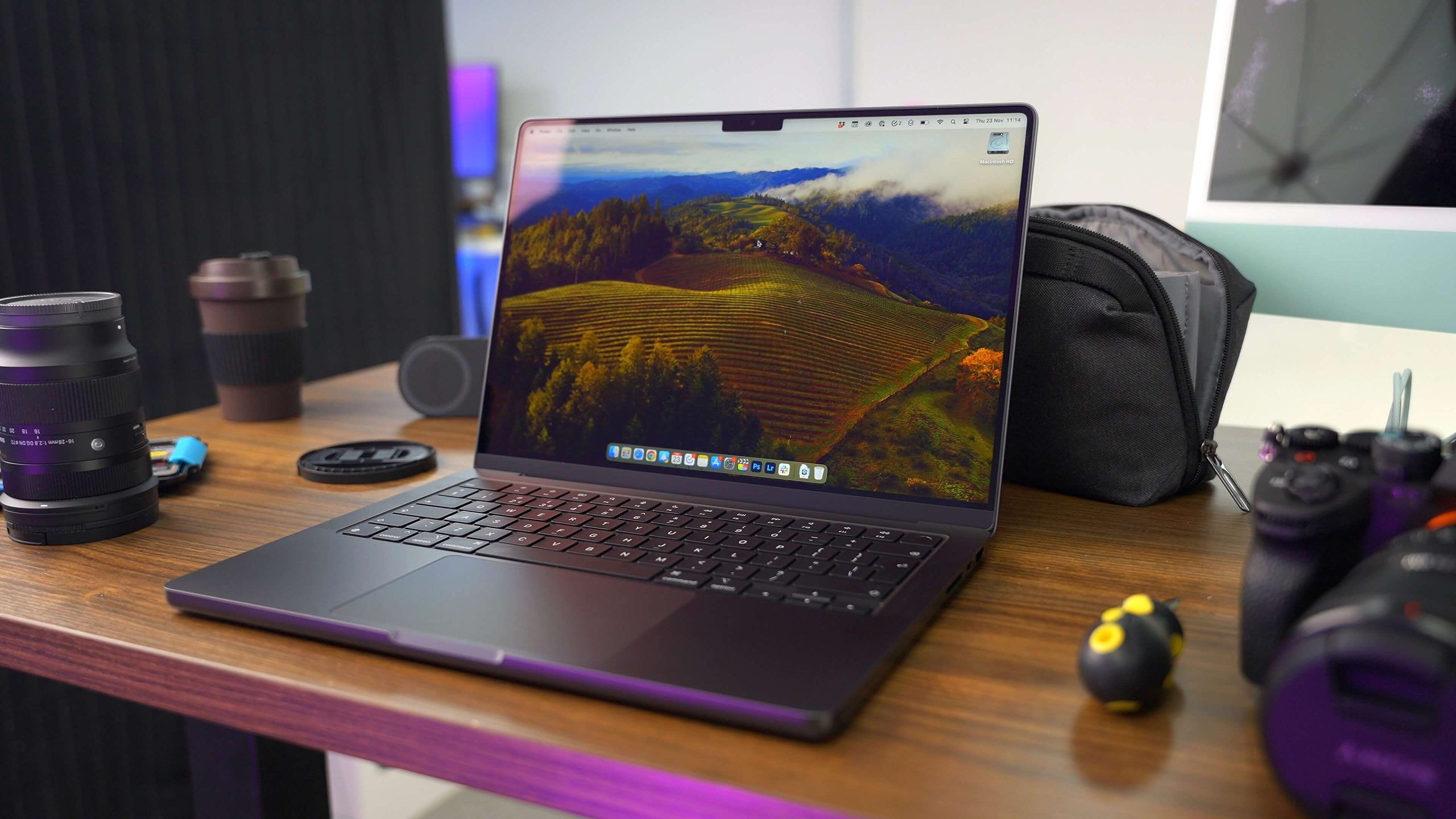Garmin Forerunner 265 Vs. 265s: A Deep Dive For Watch Enthusiasts
The fitness wearable market continues to evolve, and the Garmin Forerunner 265 and 265S have emerged as two compelling options for running enthusiasts. Both models boast impressive features, including vibrant AMOLED displays and advanced training metrics, but navigating the differences between them can be tricky, especially when it comes to the size variations. This article will provide a comprehensive analysis to help Garmin watch enthusiasts determine which of these two models best aligns with their preferences and needs.
Design and Display: A Closer Look
Size and Weight
One of the most significant distinctions between the Garmin Forerunner 265 and 265S is their size. The Forerunner 265 features a 46mm case, while the Forerunner 265S offers a more compact 42mm design. This difference can greatly influence how each watch fits on your wrist and your overall user experience.
The Forerunner 265’s larger 46mm case provides a more substantial presence on the wrist, which some users may prefer. Additionally, the larger display can enhance visibility, making it easier to read during workouts. However, those with smaller wrists may find the 265 to be bulky and less comfortable for extended wear.
In contrast, the Forerunner 265S’s 42mm case offers a sleeker, more discreet profile, making it an attractive option for those with petite wrists. The lighter weight of the 265S (39g) compared to the 265 (47g) can also be a noticeable difference during long runs or intense workouts.
AMOLED Display and Touchscreen
Both the Forerunner 265 and 265S feature a significant upgrade from the previous Forerunner 255’s MIP (Memory-In-Pixel) display technology, transitioning to a vibrant AMOLED screen. This change offers several advantages:
- Color and Brightness: The AMOLED displays provide superior color reproduction and higher brightness levels, which can be particularly beneficial during outdoor workouts in direct sunlight.
- User Interaction: The touchscreen functionality on both models facilitates seamless navigation, allowing users to quickly change settings or access training metrics.
While AMOLED displays are generally known for their energy efficiency, there is a minimal risk of screen burn-in over time, which is something to keep in mind. However, this issue is relatively rare and unlikely to be a significant concern for most users.
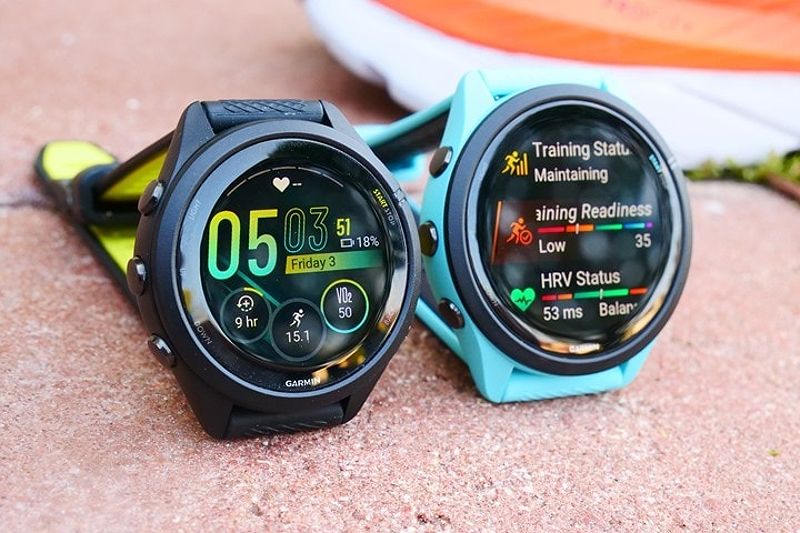
Performance and Features: Beyond the Basics
Training Features
Garmin has equipped both the Forerunner 265 and 265S with an impressive suite of advanced training features, which can be invaluable for athletes looking to fine-tune their regimens and maximize performance.
- Training Readiness: This feature assesses your body’s readiness for training by considering various factors, such as sleep quality and recovery time.
- Training Status: Provides insights into your training load, helping you adjust workouts to optimize performance and avoid overtraining.
- HRV Status: Monitors heart rate variability, offering a deeper understanding of your fitness level and recovery needs.
- Acute Load: Tracks the intensity of your recent workouts, giving you a comprehensive view of your training habits.
These features can help users gain a better understanding of their overall fitness and make informed decisions about their training plans.
GPS and Heart Rate Accuracy
Both the Garmin Forerunner 265 and 265S offer robust GPS tracking capabilities, utilizing multi-band GNSS technology for improved accuracy in challenging environments, such as urban areas or wooded trails. Users can expect reliable tracking of various activities, including running, cycling, and swimming, with accurate data on distance and pace.
When it comes to heart rate monitoring, the watches are equipped with Garmin’s Elevate V4 optical sensor, which generally delivers reliable data. However, as with any optical heart rate sensor, users may experience occasional inaccuracies during high-intensity workouts or if the watch is not fitted snugly on the wrist.
While the GPS and heart rate accuracy is generally excellent, there may be minor inaccuracies in densely populated areas or under heavy tree cover for the GPS, and potential issues during intense sessions for the heart rate sensor. Overall, both models provide a solid performance in these critical areas.
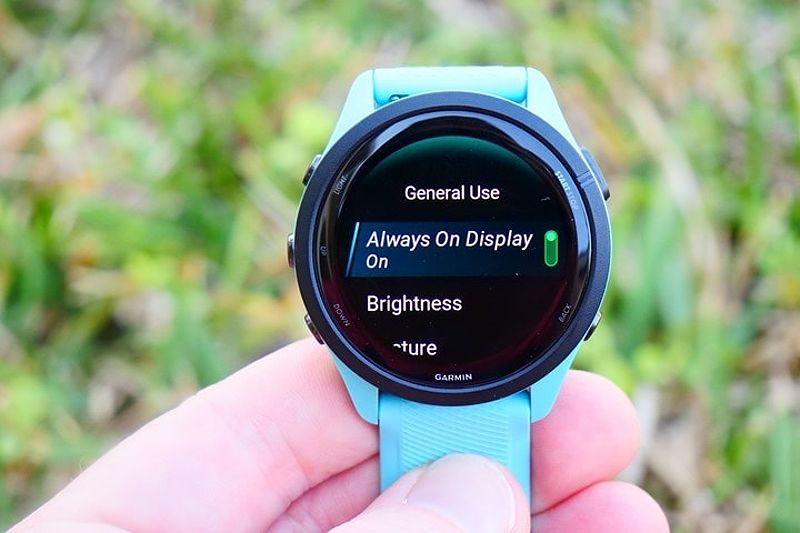
Smartwatch Functionality and Battery Life
Smartwatch Features
In addition to their fitness-focused capabilities, the Garmin Forerunner 265 and 265S offer a range of smartwatch features, including offline music storage, Garmin Pay for contactless payments, and smartphone connectivity for notifications and app integration.
These features allow users to enjoy a more seamless and connected experience, whether they’re in the middle of a workout or going about their daily routine. The integration with various mobile apps and services further enhances the overall user experience.
Battery Life and Charging
Battery life is a crucial consideration for any fitness tracker, and the Forerunner 265 and 265S do not disappoint in this regard.
- Forerunner 265: Up to 13 days in smartwatch mode, and up to 20 hours in GPS mode.
- Forerunner 265S: Up to 15 days in smartwatch mode, and up to 24 hours in GPS mode.
Both models utilize USB-C charging, which is a significant upgrade from older Micro-USB options. The charging time is relatively quick, taking just over an hour to fully charge.
While the lack of wireless charging may be a drawback for some users, the impressive battery life in both smartwatch and GPS modes ensures that these watches can keep up with even the most demanding training routines.
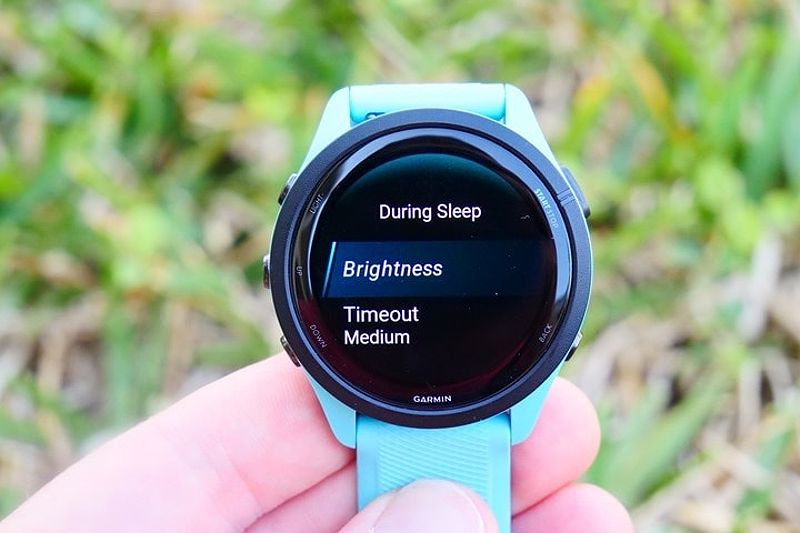
Price and Value: Finding the Right Fit
Price Comparison
The Garmin Forerunner 265 has a suggested retail price of $449, while the Forerunner 265S is priced at $429. Given the similarities in features and performance, the Forerunner 265S may provide better value for those seeking a more compact design.
However, it’s important to consider the trade-offs between the two models. The Forerunner 265 offers a larger display and slightly longer battery life in GPS mode, which may be more appealing to certain users. Ultimately, the choice will depend on individual preferences and priorities.
Comparison with Other Garmin Watches
When compared to higher-end models like the Forerunner 965 or the Epix 2, the Forerunner 265 series offers a more budget-friendly option while still delivering a comprehensive set of features. Users who may not require the advanced capabilities of the premium Garmin watches may find the Forerunner 265 or 265S to be an excellent balance of performance and value.
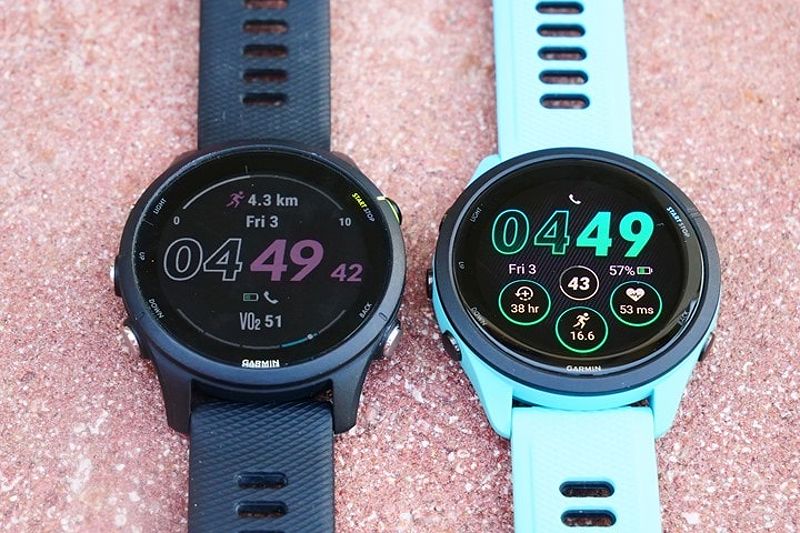
Additional Considerations
While the Forerunner 265 and 265S share many similarities, there are a few additional factors worth considering when making your decision:
Strap and Customization Options
Both models offer a variety of strap options, including silicone and leather, allowing users to personalize the look and feel of their watch. However, the 265S may have a slightly more limited selection due to its smaller case size.
Connectivity and App Integration
The Forerunner 265 series offers seamless connectivity with Garmin’s ecosystem of apps and services, including the Garmin Connect platform. This allows users to track their progress, analyze data, and share their achievements with the Garmin community.
Suitability for Different Activities
While both watches are well-suited for running, the Forerunner 265 may be a better choice for those who engage in a wider range of activities, such as cycling or swimming, due to its larger display and potentially longer battery life in GPS mode.
FAQ
Q: What are the main differences between the Garmin Forerunner 265 and 265S?
A: The primary difference is the size, with the Forerunner 265 featuring a 46mm case and the Forerunner 265S offering a more compact 42mm design. This impacts wrist fit, display size, and overall weight.
Q: Which watch has a better battery life?
A: The Forerunner 265S offers slightly longer battery life, with up to 15 days in smartwatch mode and 24 hours in GPS mode, compared to the Forerunner 265’s 13 days in smartwatch mode and 20 hours in GPS mode.
Q: Are there any significant differences in training features between the two models?
A: No, both the Forerunner 265 and 265S offer the same advanced training features, including Training Readiness, Training Status, HRV Status, and Acute Load.
Q: Which watch is better for running?
A: Both models are excellent for running, providing accurate GPS tracking and heart rate monitoring. The choice ultimately depends on your size preference and whether you prioritize a larger display or a lighter, more compact design.
Conclusion
The Garmin Forerunner 265 and 265S are both impressive fitness watches that cater to the needs of running enthusiasts and active individuals. While the primary difference lies in their size and design, both models deliver top-tier performance, advanced training features, and reliable GPS and heart rate tracking.
Whether you prefer the larger 46mm case of the Forerunner 265 or the more compact 42mm design of the 265S, you can be confident that either watch will elevate your fitness journey and help you achieve your goals. As always, it’s essential to consider your individual needs and preferences when making the final decision.
For Garmin watch enthusiasts seeking a comprehensive and capable fitness companion, the Forerunner 265 and 265S are both worthy contenders worth exploring further. With their impressive capabilities and thoughtful designs, these watches are sure to impress and inspire.
MORE FROM snapflicks.net


